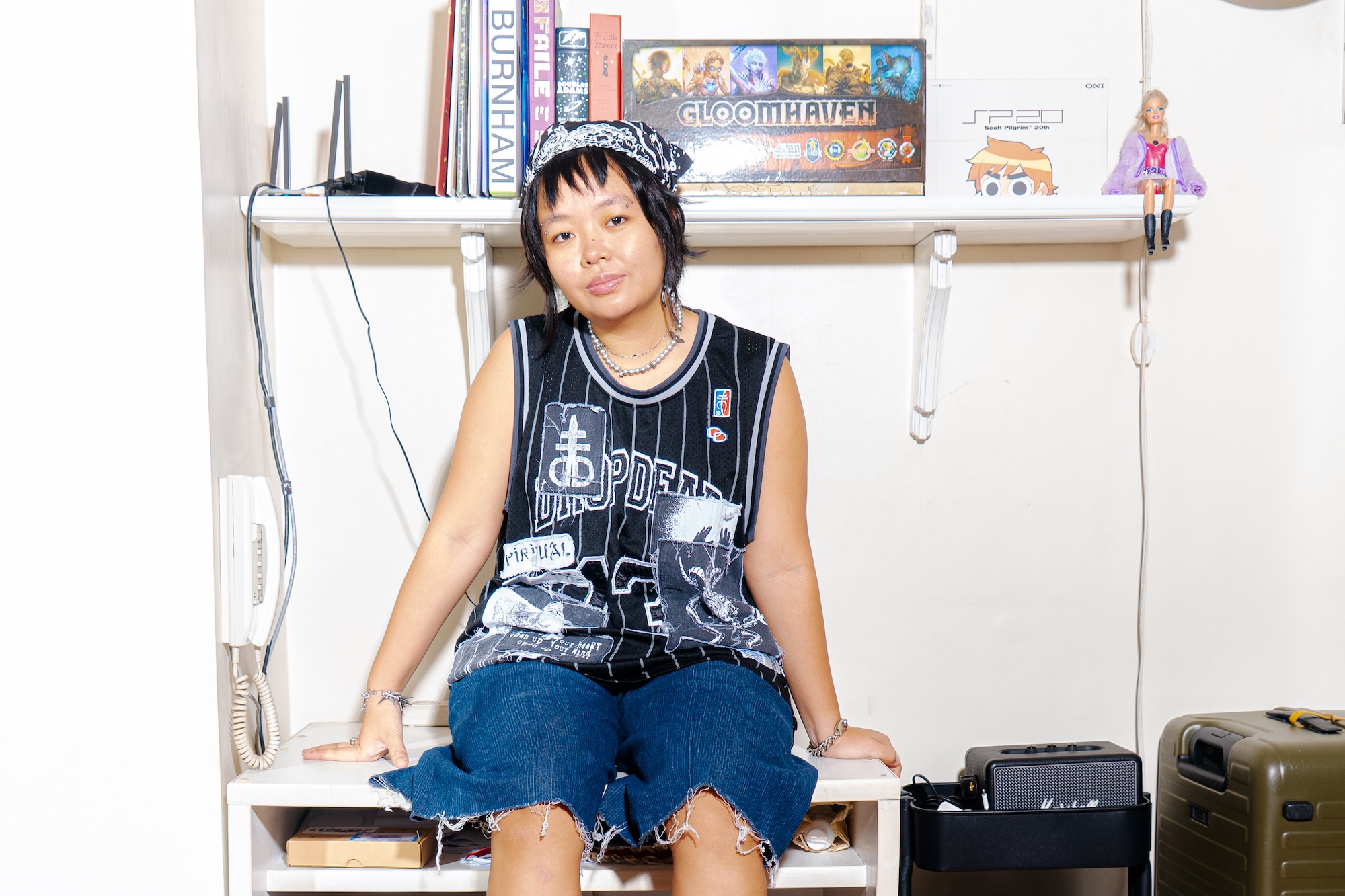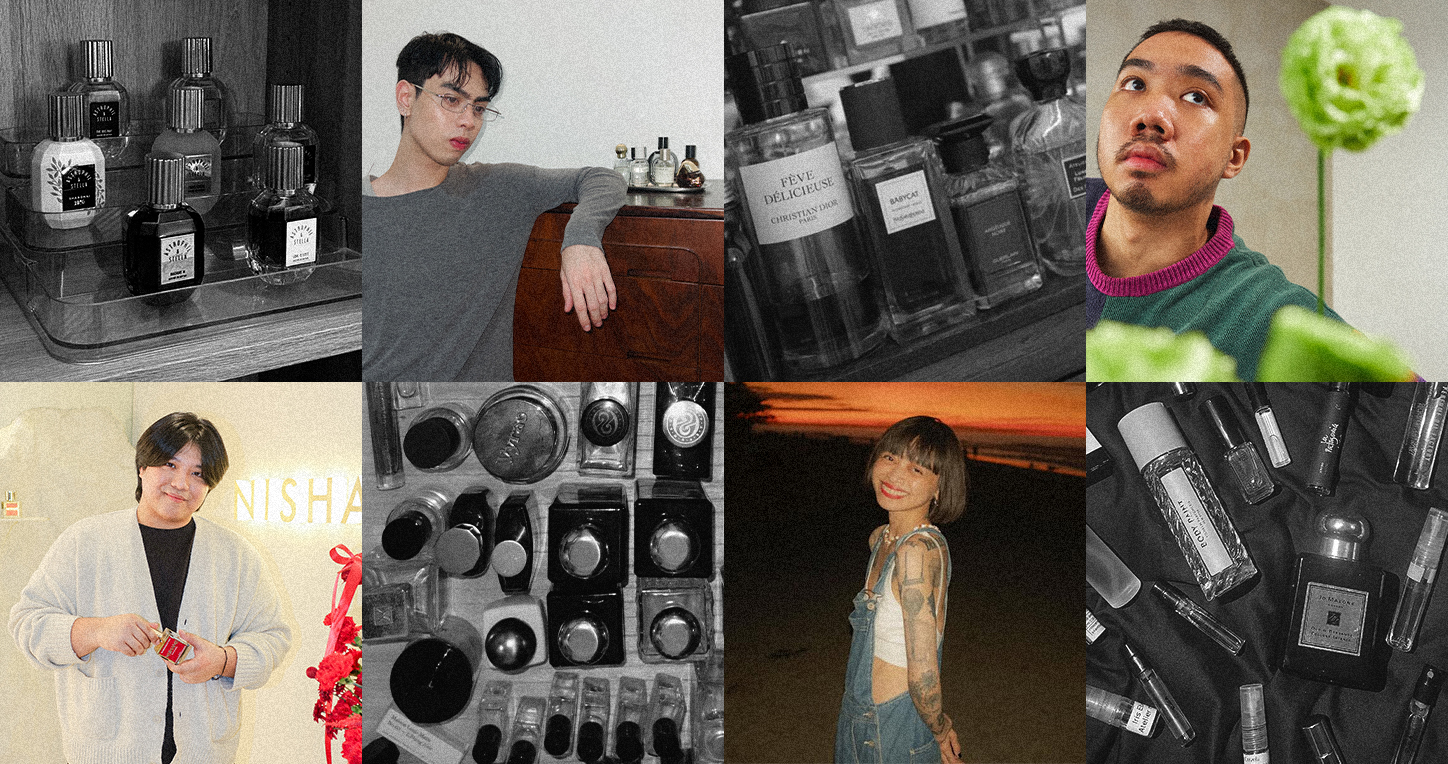The shortlist for the prestigious award has just been released. The titles we’re rooting for are shaping up to be essential works by Filipina authors we love
In E. San Juan Jr.’s “Sisa’s Vengeance: Jose Rizal’s Sexual Politics and Cultural Revolution,” the literary scholar presents a radical reading of Rizal, arguing that the novelist did in fact believe in gender equality as key in the fight for national liberation.
A feminist reading of Rizal is radical (and most welcome) for several reasons, and San Juan makes a compelling case by reading the character of Sisa as the embodiment of the injustices suffered by the motherland.
But our literature has long harbored these connections, even beyond love stories set against the backdrop of revolution. Which is to say that Rizal’s critique of colonialism as found in the fate of his female characters may just be a welcome addition to the long line of Filipina authors writing the story of their nation.
The Manila Critics Circle and the National Book Development Board recently announced the finalists for the 40th National Book Awards—many of them authored by women whose contributions to literature have shaped our culture. Here are the titles we’re rooting for:
1. “Solo Flight: Mga Kuwento” by Rita dela Cruz (Isang Balangay Media Productions, 2021)
Published by Balangay Books, Rita dela Cruz’s collection of stories is a meditation on being alone, in particular what it is like to be a single woman—whether by choice or circumstance—in a society where this is stigmatized. Introspection is a reliable and comforting companion in these deceptively simple stories that feature very human characters, which, told in a familiar and easy-to-understand language, evoke intimacy by way of relatability.
The dynamics of female friendships also figure heavily into Dela Cruz’s stories, particularly how women in similar situations find in each other a kind of respite from the pressures of being a woman. The description on its publisher’s website puts it better: “…isang selebrasyon sa pag-iisa at pag-iisa ng mga kababaihan.” Here’s to hoping we see more books like this published.
2. “What I Wanted to be When I Grew Up” by Cristina Pantoja Hidalgo (University of the Philippines Press, 2021)
Cristina Pantoja Hidalgo’s work is unparalleled for many reasons, not in the least of which is the fact that it has consistently covered both literary creation and scholarship, often featuring the life and work of women authors or deals in some way with the life of women. In “What I Wanted to be When I Grew Up,” she writes about how the books she read and the movies she watched in her youth were instrumental in her own development as a writer.
This book narrates Pantoja Hidalgo’s coming-of-age story, part of which is told through revisiting her mother’s unpublished memoirs and journals, which, as Pantoja Hidalgo’s longtime readers will recognize as material that found their way in her fiction and nonfiction.
In these memoirs, told in Pantoja Hidalgo’s distinct voice—clear, elegant, and always with a touch of wit and grace—we see a compelling portrait of one of our pioneering writers who, since her youth, her formative days as a university student and as a professor, have always found a home in reading and writing.
3. “Partial Views: On the Essay as a Genre in Philippine Literary Production” (De La Salle University Publishing House, 2021)
Although arguably better known for her poetry, Conchitina Cruz has also written significant pieces of criticism, notably on literary production in the Philippines. Her 2021 monograph tracks the development of the creative nonfiction genre in the country, and makes a case for the expansion of the perspective and obligations of the essayist: that their essays, however personal they may be, must employ the kind of accountability and self-reflexivity usually demanded from journalism and scholarly work, respectively.
Although intended for teachers and students of creative writing and literature, Cruz’s monograph proves to be a worthwhile read for anyone who might be interested in the inner workings of literary production (meaning, the politics and aesthetics that govern it) in the country.
4. “Tingle: Anthology of Filipina Lesbian Writing” edited by Jhoanna Lynn B. Cruz (Anvil Publishing, 2021)
When considering the state of queer writing in the Philippines—or anywhere in the world for that matter—it always has to do with lamenting either its lack or the absence of proper representation. Queer anthologies by design, then, almost always have an impossible task ahead of them: to fill a gap and to do so properly.
“Tingle” isn’t exempted from these expectations, and we are convinced that the only way to truly access its gifts beyond tokenism and the short-lived results of advertising is to actually read it. Make what you will of the stories and poems written by women whose voices are clearly missing from the mainstream. The women in this anthology are making themselves visible (in itself a powerful act) on their own terms. We hope readers will see the value in that and pick up this book.
5. “Kilapsaw” by Ellen Sicat (University of the Philippines Press, 2021)
The stories that the novelist Ellen Sicat writes, most of them dealing with family dynamics and domestic life, are always deeply attentive to the society they portray. The plot-driven “Kilapsaw” takes an unflinching look at gender-based violence and other harsh realities women experience in relationships. In narrating the life of Diwa, Sicat writes with restraint, which allows her the space to perform a thoughtful examination of a societal ill that is rarely given the serious attention it deserves. The predictability of the overall plot doesn’t take away from the subtlety of the project as Sicat situates her story in its proper context: a society in which notions of morality are tied with modernization, and where sexual politics and class are inextricable from everyday life.
Follow Preen on Facebook, Instagram, Twitter, TikTok, YouTube, and Viber












































